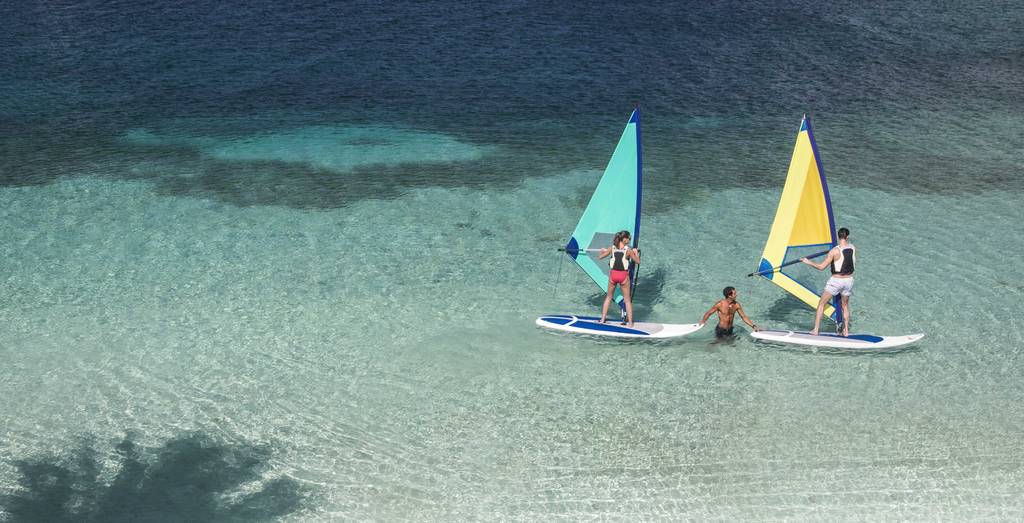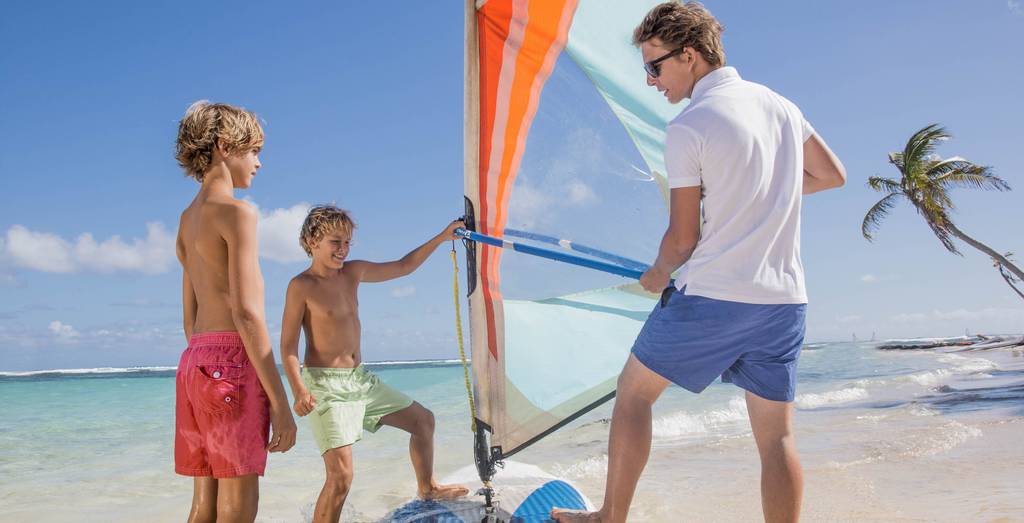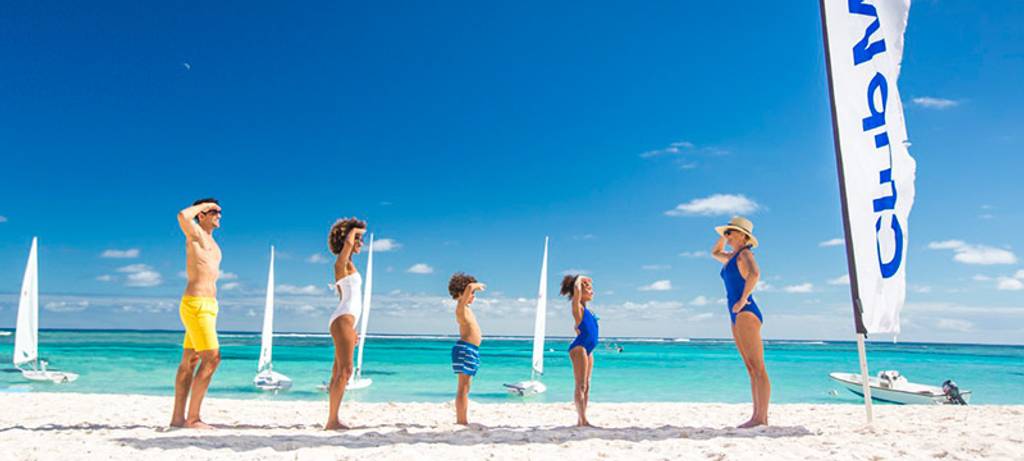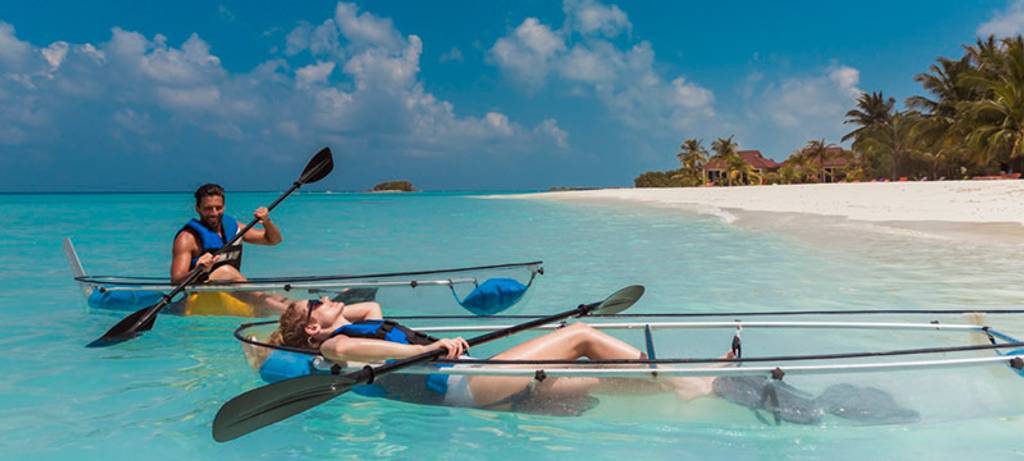Why windsurfing?
“Windsurfing is just an incredible sport. It’s a great way to get out on the water without an engine, so it's just you and your equipment, working with the elements. You can’t control the weather so it’s always really exciting to try and make the best of what you get – you can get some great speed on windy days, or just enjoy exploring the waters at a slower pace when it’s calmer. People who windsurf are always chilled out, friendly and welcoming too. It’s a small sport and we all look out for each other. And we always want to get more people out there loving what we love too!”





